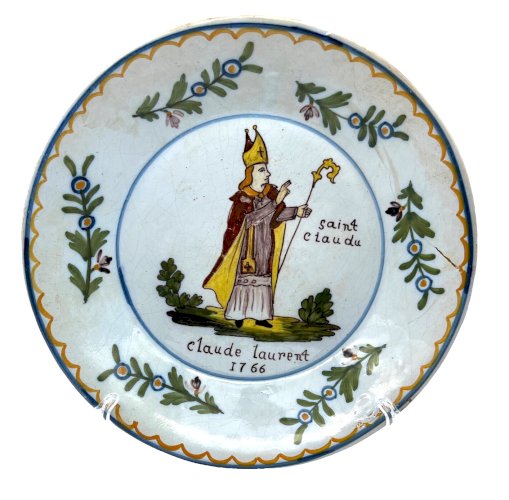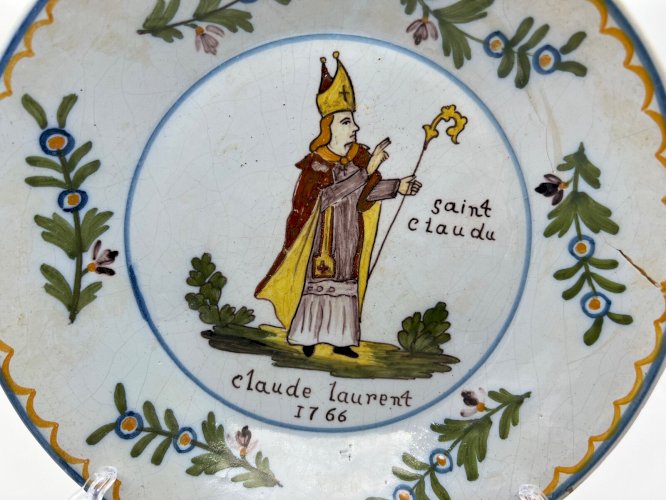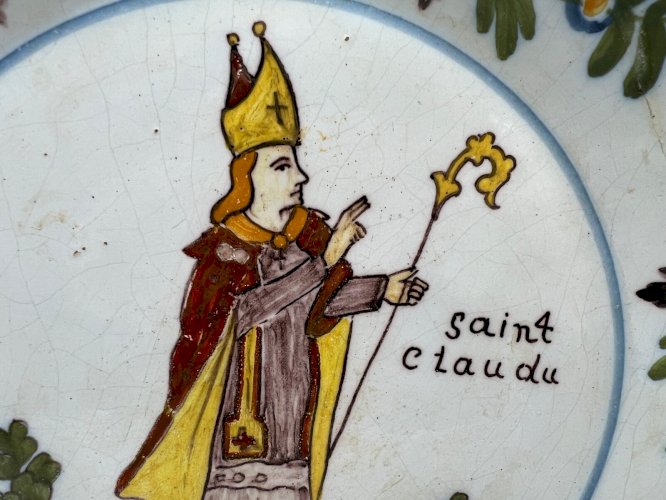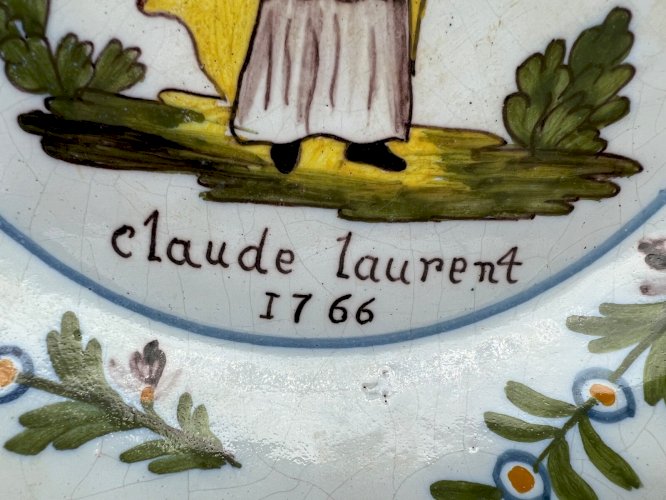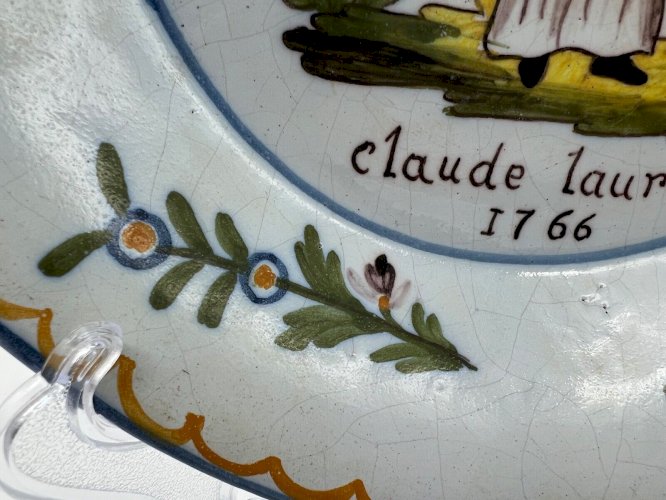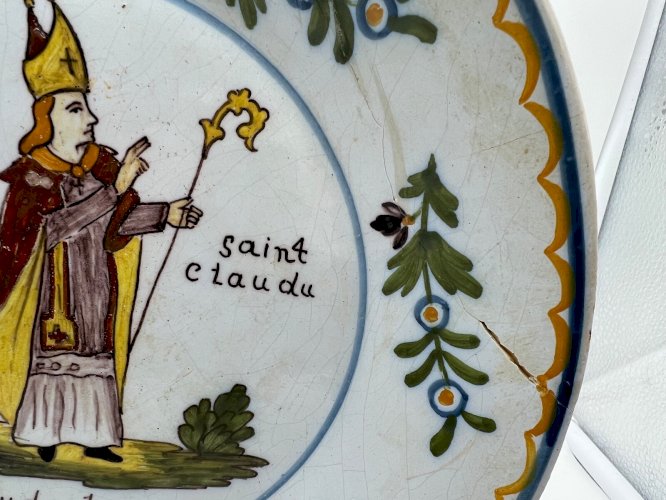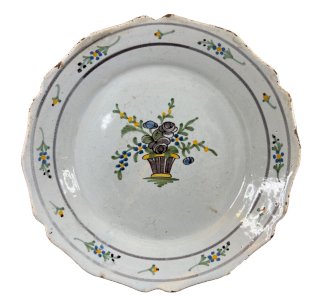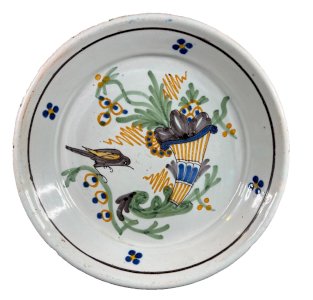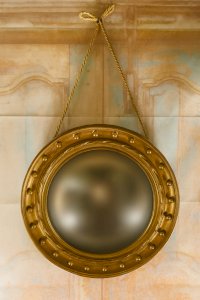- Sell Now
- Home
-
FURNISH
All STORAGE FURNITURE • Wardrobe • Chests of drawers, Chiffonnier • Sideboard • Shelves, Bookshelves • File cabinet • Sewing Furniture • Bar cabinet • TV Stand • Trunk, Chest TABLE & BEDSIDE TABLE • Dinner Table • Coffee table, side table, end table & Bedside • Console, Pedestal table & Selette • Serving Table, Trolley • Card Table • Draper's counter & table SEAT • Sofa • Armchair • Chair • Stool • Bench • Daybed • Beanbag & Footrest • Deckchair & Outdoor DESK, SECRETARY, DRESSING TABLE GARDEN LOUNGE BEDDING • Bed • Bedhead • Cradle, Moses basket CRAFT FURNITURE, WORKSHOP • Workbench • Stool, Ladder, Step • Easel & Trestle SCREEN PIANO
-
DECORATE
All TO PUT • Sculpture, Statuette • Vase & Planter • Dame Jeanne, Bonbonne & Flacon • Bridal globe, Dome • Pin tray, Ashtray • Candlestick & Candle • Photo frame • Stone, Fossil, Mineral • Earth Globe MIRROR WALL DECORATION • Painting • Engraving & Illustration • Poster • Tapestry • Wall Frame • Plate & Sign • Juju Hat & Wall Paniel • Mask • Hunting Trophy • Other object to hang CLOCK, PENDULUM & ALARM CLOCK ARRANGEMENT • Jar, Box & Case • Basket, Wastebasket & Crates • Magazine Rack & Vinyl Holder • Display & Spinner • Coat hook & Coat rack • Furniture Valet & Mannequin • Towel Holder • Suitcase & Travel Bag • Bottle Rack • Umbrella holder BATHROOM OFFICE • Mail holder • Bookends • Sulphide & Paperweight • Stationery FIREPLACE ACCESSORIES HOBBIES • Vintage Sport • Music • Vintage device • Smoking Item • Militaria, Ancient weapon • Miniature Vehicle • Game, Playing Cards • Collection object & Curiosity BIRD CAGE RELIGION, SPIRITUALITY
- TEXTURE
- ILLUMINATE
-
ACCOMODATE
All TABLE & SERVING • Plate • Silverware • Knife Holder • Glass • Bowl, Mug, Cup • Bowl, Ramekin & Cup • Dish, Cup & Salad Bowl • Tray, Basket & Server • Table Mat • Pitcher, Carafe, Bottle, Tea & Coffee Jug • Ice Bucket • Salt & Pepper shakers, Oil & Vinegar shakers • Sugar and jam maker • Gravy boat • Butter dish • Egg cup • Terrine OLD BALANCE CUTTING BOARD GRINDER CASSEROLE, SAUCEPAN & PAN KITCHEN UTENSIL & ACCESSORY
- TINKER
- KIDS
- Jewelry & Accessories
Login
Description
Nevers Faience Plate A faience plate from Nevers dating back to the late 18th century. Dated 1766. A hollow plate with a patronymic decoration at the center depicting Saint Claude on a mound, inscribed: Claude Laurent. By "patronymic faience," we mean a piece whose personalized decoration associates a first name, a surname, and a date with the image of a patron saint. In the 17th and 18th centuries, the immense religious fervor enjoyed by saints gradually loses its intensity: if they are mentioned in patronymic faiences, it is more out of habit and respect for tradition than from conviction. They are depicted with distinctive attributes that recall their function or the most significant episodes of their lives or martyrdom, symbolized by a palm. The images, of which it is hardly possible to determine the direct origin, are borrowed from a typology derived from the most conventional hagiographic iconography, which was also used at the same time in statuary, paintings, and engravings. It is certain that marriages, their celebration or commemoration, constituted the main occasion for such commissions. Numerous examples documented by archives show that the inscribed date corresponds in most cases to the manufacturing date of the piece, with a delay of about six months relative to the event being celebrated. These plates were most often ordered in several copies, with numbers varying from two to six, and occasionally reaching a dozen, and they were given as gifts to loved ones. Finally, it seems evident that in a domestic universe poor in images, their function was essentially commemorative and decorative, and the plates were typically placed in the china cabinet, while the bowls could be hung on the wall thanks to two holes on the back provided for that purpose. Saint Claude Bishop of Besançon. Initially a soldier, he embraced monastic life at Condat in Jura before being elected bishop of Besançon. But as soon as he could, he resigned this position to return to solitude. His monastery and the nearby village took his name, and the diocese placed itself under his patronage: 500 years after his death, thanks to the intact preservation of his body, many pilgrims flock to the abbey where miracles abound. The pilgrimage to Saint-Claude then enjoys a reputation equal to that of Lourdes today. Notable pilgrims include King Louis XI, Saint Jeanne de Chantal, and Saint Francis de Sales. The body of the saintly miracle worker is displayed twice a day for the piety of visitors who kiss his hands and feet. Numerous miracles are recorded in manuscripts and attested by the presence of witnesses, including that of a dead child brought back to life. This is why Saint Claude is often depicted with a child. With the French Revolution, an iconoclastic madness overtakes the representatives of the people. The body of Saint Claude was burned in 1794; only the left forearm survived, authenticated by one of the doctors who had examined the body fifty years earlier. This forearm is still preserved today in a reliquary in the cathedral. Condition: a piece of the edge of the wing has been re-glued, small chip on the edge. Diameter: 23.5 cm Height: 4 cm Country of origin: France
Réf :
#371338
Related Products
Rare old plate, Asian decor, Nevers ceramic
Comments
Plate Nevers 1766 earthenware with the patronymic Claude Laurent 18th century ancient rare
120€
77260 La-Ferté-sous-Jouarre
Ce site contient des liens d’affiliation pour lesquels je peux recevoir une compensation.
Description
Nevers Faience Plate A faience plate from Nevers dating back to the late 18th century. Dated 1766. A hollow plate with a patronymic decoration at the center depicting Saint Claude on a mound, inscribed: Claude Laurent. By "patronymic faience," we mean a piece whose personalized decoration associates a first name, a surname, and a date with the image of a patron saint. In the 17th and 18th centuries, the immense religious fervor enjoyed by saints gradually loses its intensity: if they are mentioned in patronymic faiences, it is more out of habit and respect for tradition than from conviction. They are depicted with distinctive attributes that recall their function or the most significant episodes of their lives or martyrdom, symbolized by a palm. The images, of which it is hardly possible to determine the direct origin, are borrowed from a typology derived from the most conventional hagiographic iconography, which was also used at the same time in statuary, paintings, and engravings. It is certain that marriages, their celebration or commemoration, constituted the main occasion for such commissions. Numerous examples documented by archives show that the inscribed date corresponds in most cases to the manufacturing date of the piece, with a delay of about six months relative to the event being celebrated. These plates were most often ordered in several copies, with numbers varying from two to six, and occasionally reaching a dozen, and they were given as gifts to loved ones. Finally, it seems evident that in a domestic universe poor in images, their function was essentially commemorative and decorative, and the plates were typically placed in the china cabinet, while the bowls could be hung on the wall thanks to two holes on the back provided for that purpose. Saint Claude Bishop of Besançon. Initially a soldier, he embraced monastic life at Condat in Jura before being elected bishop of Besançon. But as soon as he could, he resigned this position to return to solitude. His monastery and the nearby village took his name, and the diocese placed itself under his patronage: 500 years after his death, thanks to the intact preservation of his body, many pilgrims flock to the abbey where miracles abound. The pilgrimage to Saint-Claude then enjoys a reputation equal to that of Lourdes today. Notable pilgrims include King Louis XI, Saint Jeanne de Chantal, and Saint Francis de Sales. The body of the saintly miracle worker is displayed twice a day for the piety of visitors who kiss his hands and feet. Numerous miracles are recorded in manuscripts and attested by the presence of witnesses, including that of a dead child brought back to life. This is why Saint Claude is often depicted with a child. With the French Revolution, an iconoclastic madness overtakes the representatives of the people. The body of Saint Claude was burned in 1794; only the left forearm survived, authenticated by one of the doctors who had examined the body fifty years earlier. This forearm is still preserved today in a reliquary in the cathedral. Condition: a piece of the edge of the wing has been re-glued, small chip on the edge. Diameter: 23.5 cm Height: 4 cm Country of origin: France
Réf :
#371338
 English
English  Français
Français 


